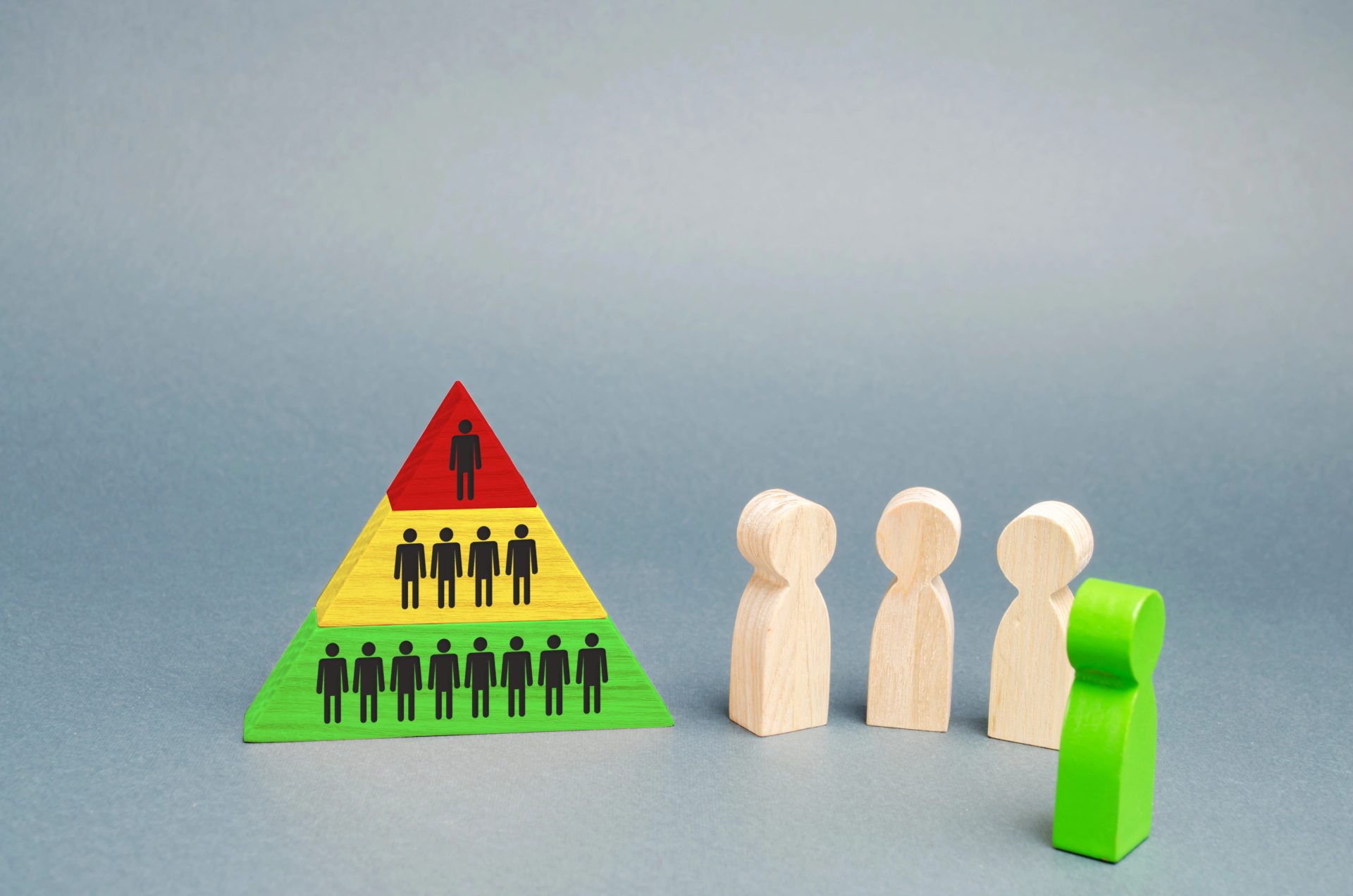“Bullying is unlikely to be explained by one factor alone and is probably a result of an interplay between various factors acting together in the work arena.” (Source: Agotnes et al. 2023)
Workplace bullying seems to be the issue that is commonly avoided in workplaces. It’s often passed off as conflict between employees, with one individual party blamed more than the other. No one, it seems, ever really feels satisfied by the end result.
I would argue that this is because workplace bullying is complex. In usually already overstretched work environments, dealing with people behaviours takes a lot of time and energy which most don’t have. It also calls for dealing with aggressive behaviour and conflict which most of us like to avoid.
Let’s look at the complexity of workplace bullying and how we can manage it better by understanding the causes of bullying at work.
Workplace bullying is an interplay between systemic levels
The complexity of workplace bullying comes out of it being an interplay between systemic levels of our society including:
- Society,
- Organisational culture,
- Individual, and
- Group dynamics. (Branch et al, 2018)
Our workplace culture is unavoidably influenced and shaped by the external macro environment. How we view the role of women and marginalised groups; and how we use power and control as a society becomes part of our workplace as a result of our external world. Though often, our workplaces modify this to the expectations and values of organisational founders or leaders. We create codes of conduct, policies and procedures to match these expectations. (Branch et al, 2018; Schein, 2016) However, this macro-verse can shape who gets bullied and who doesn’t.
Stepping into the Work Environment
There are three interplays within the workplace systemic environment that interact influencing the way bullying will play out building on the complexity.
Organisational
The way an organisation structures its systems of work can either promote or reduce workplace bullying. When employees have unachievable workloads, low ability to control and influence their work, or role ambiguity feelings of fatigue, frustration, and anger, amongst other feelings, can increase. If positive leadership approaches or workplace systems are ineffective, or missing all together, conflict can increase. When left unaddressed conflict can lead to bullying behaviours. (Agotnes et al. 2023)
Individual
Individual characteristics also has a role in the incidence of workplace bullying. Having effective organisational systems can help mitigate bullying behaviour significantly, but humans can be flawed due to their conditions, experiences and perceptions.
Dark triad traits (psychopathy, narcissism and Machiavellianism) have been linked to bullying behaviours. Characteristics of these behaviours include highly manipulative behaviour over others, lack of empathy, disregard for social norms and laws, amongst others. (Michalak et all, 2018)
The individual behaviours of leaders can also influence behaviour. Human’s are followers and when leaders act in ways that exhibit poor behaviours, team members follow suit acting with similar poor behaviours. In other circumstances, when employees become jaded or are exhausted, they can act in ways they might not normally that harms others at work.
Group
Group dynamics can also influence bullying behaviour at work. Humans survive in groups and being ostracised by the group threatens an individual’s survival. Speaking up, when we don’t see others around us doing the same, means we could become ostracised ourselves as we may be seen to be a trouble maker and placing our own job at risk. This is especially the case when there is a leadership culture that doesn’t create psychological safety, punishing those who step out of line.
Not All Psychosocial Risks are Created Equal
Working on the above, it is reasonable to assume that eliminating harmful behaviours is best served by ensuring organisational systems are operating effectively. With that, I certainly agree and with a number of the individual factors they may be resolved by better workplace systems. For example, fatigue driven by unachievable or unsustainable workloads leading to conflict can be changed by creating more sustainable workloads.
However, the complexity increases if you have an individual employee who is manipulative, disregarding social norms, etc at play in your workplace. Intervening in behaviours becomes more difficult when they are covert and under the radar. Employers then face an increased complexity legally of Fair Work versus health and safety expectations. With manipulative individuals, you can have systems to identify and address behaviours. The key problem is the ability to respond in a timely manner before harm because their behaviour becomes hard to pin down. Human unpredictability, not only for manipulative employees, but inexperienced employees or strongly influenced team members in a specific scenario is always there.
A new recent paper exploring the hierarchy of controls (Kjaergaard et al, 2024) with psychosocial hazards perhaps provides some clues (noting that there is a long way to go until we have substantial direct evidence when it comes to bullying). What was presented indicated that different psychosocial hazards require their own level of analysis and proposed solutions.
Not all psychosocial hazards are created equal. Some structural psychosocial risks such as excessive working hours, may be able to be eliminated altogether with workplace restructuring. Others, perhaps those more behaviour related, may not be able to be completely eliminated, but risk mitigation achieved with a combination of solutions crossing the levels of the hierarchy of controls.
Your workplace needs to focus on, in creating psychosocially safe workplace free from bullying, ensuring you are specific in your solutions. A examining the multiple levels that bullying operates on is essential to mitigate your risk.


